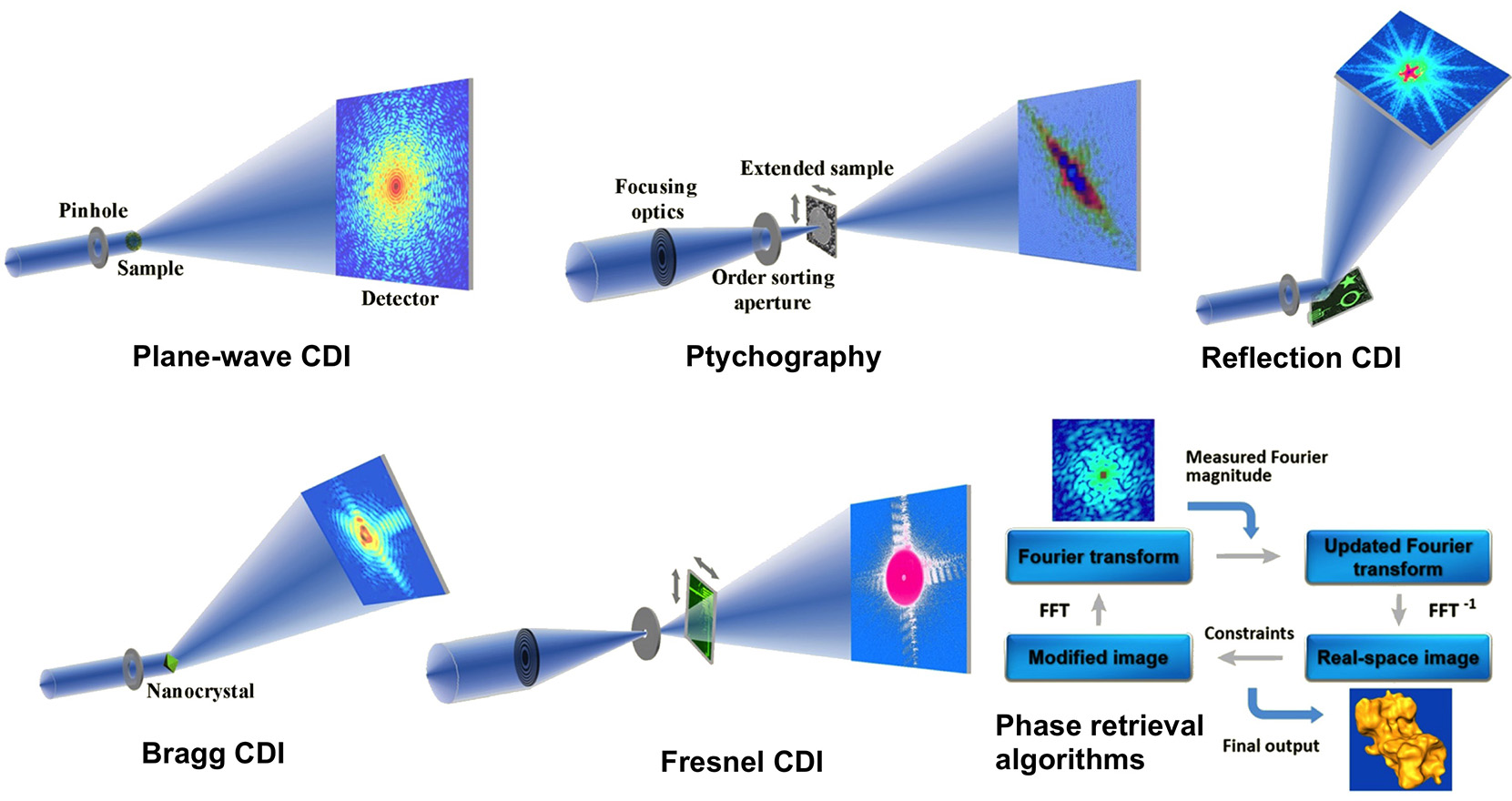

- #COHERENCE X 3 PSYCHOLOGY HOW TO#
- #COHERENCE X 3 PSYCHOLOGY MANUAL#
- #COHERENCE X 3 PSYCHOLOGY PROFESSIONAL#

Helplessness and despair may dominate their work-related affect, and they may react in a cynical way towards others. The individuals gradually may reduce their interest in their work, and they often complain about levels of enthusiasm.

The complexity of problems can be beyond their resources.īurnout affects the quality of life, reduces motivation and productivity and has often reflected in a lack of vitality (Maslach 2018).
#COHERENCE X 3 PSYCHOLOGY HOW TO#
The heavy workload decreases time to consider how to mobilize resources. Within this model, burnout has been conceptualized as physical exhaustion from an excessive workload that is likely to make individuals feel overwhelmed and unable to meet their work’s related goals. The COR theory has proposed that people strive to obtain, maintain and create resources that they value, and the loss of these resources and values will lead to stress.

2018) which expands the literature on coping with stress, burnout was considered as a long-term, negative affective state comprising emotional exhaustion, physical fatigue, and cognitive weariness, and resulting from chronic exposure to unresolvable occupational stress (Shirom and Melamed 2006). In line with the Conservation of Resources theory (COR) (Hobfoll 1989 Hobfoll et al.
#COHERENCE X 3 PSYCHOLOGY MANUAL#
While burnout does not appear in the 5th edition of the Diagnostic and Statistical Manual of Mental Disorders ( DSM-5) (American Psychiatric Association 2013), it has been included in the 11th Revision of the International Classification of Diseases (ICD-11, QD85) as an occupational phenomenon “resulting from chronic workplace stress that has not been successfully managed” (World Health Organization 2018).
#COHERENCE X 3 PSYCHOLOGY PROFESSIONAL#
Inefficiency and Distancing: increased mental distance from one’s job, reduced professional efficacy, an impaired feeling of self-fulfillment as well as lower self-evaluation of effectiveness in the work role.Ĭynicism and depersonalization – negative attitudes even hostility towards work, clients and colleagues. The construct consists of three major components (Maslach and Jackson 1981):Įmotional exhaustion - feelings of energy depletion and exhaustion. Job burnout includes feeling exhausted physically, emotionally, and /or mentally, in the context of work. 189) defined burnout as “a psychological syndrome that involves prolonged response to stressors in the workplace”. In line with the Salutogenic approach that focus attention on sources of health and empowerment (Antonovsky 1987), the current study explored factors that may reduce the burnout. The goals of the current study are to examine personal resources that predict the burnout experience among school psychologists in Israel. For example, in a recent study, school psychologists in four South-eastern states in USA reported that they experienced burnout, and attributed its causes to their feelings of role overload and to the lack of adequate support from administration (Schilling et al. It is considered to be a highly demanding occupation since school psychologists cope with wide-ranging occupation responsibilities and thus are at higher risk to develop work related stress and burnout (Bell and McKenzie 2013). School psychologists are trained to deliver mental and behavioral health services for children and adolescents, to intervene at the individual and system level, and develop, implement, and evaluate preventive programs. The wide range of roles and expectations that have defined the school psychology practices may become a source of stress and burnout (Huebner 1992 Ross et al. Implications for theoretical and practices are further discussed. The current study provides a new insight into the burnout risk, through the focus on personal resources and social perceptions. The analysis demonstrated that the SOC was negatively associated with burnout among low or mean levels of loneliness, but not among psychologists with high levels of loneliness. In a sample of 104 Israeli school psychologists, demographic aspects such as the gender, years of experience, or type of school in which they work did not predict the burnout, focusing on the importance of emotional aspects. The current study hypothesized that loneliness may moderate the link between SOC and burnout. Studies reported that loneliness has been found a risk factor that may advance burnout. Research has indicated that sense of coherence (SOC) may act as a protective factor. In line with the salutogenic approach, the aim of the current research was to investigate protective and risk factors to burnout. School psychologist have been considered at a high risk for developing work burnout due to their multiple responsibilities, overload and engagement in caring for children, families and professionals.


 0 kommentar(er)
0 kommentar(er)
